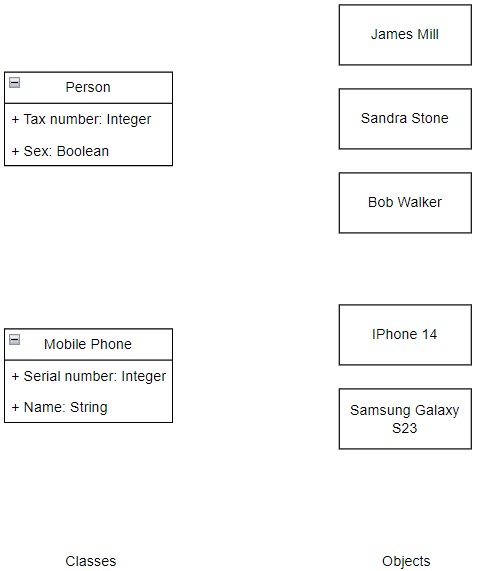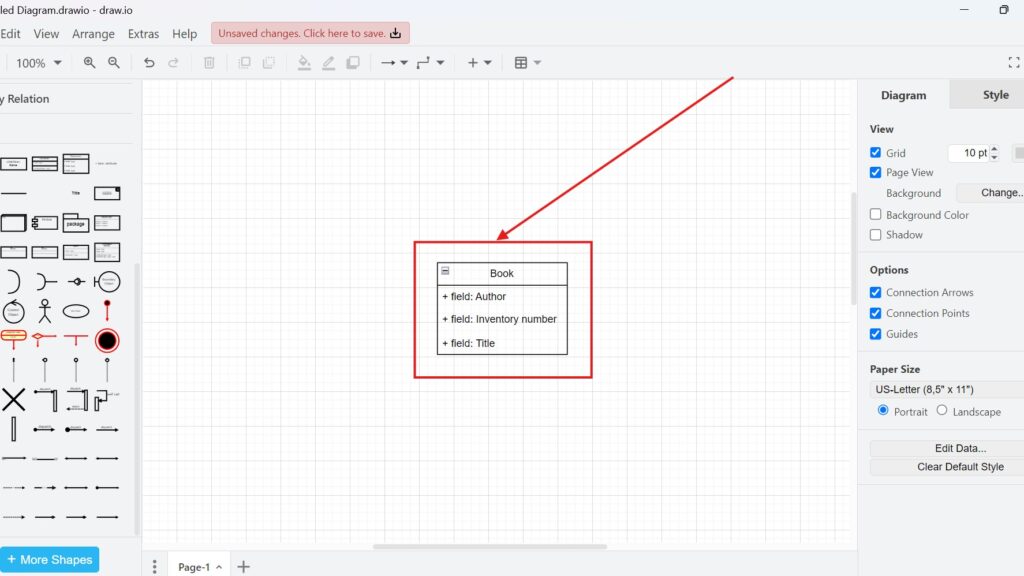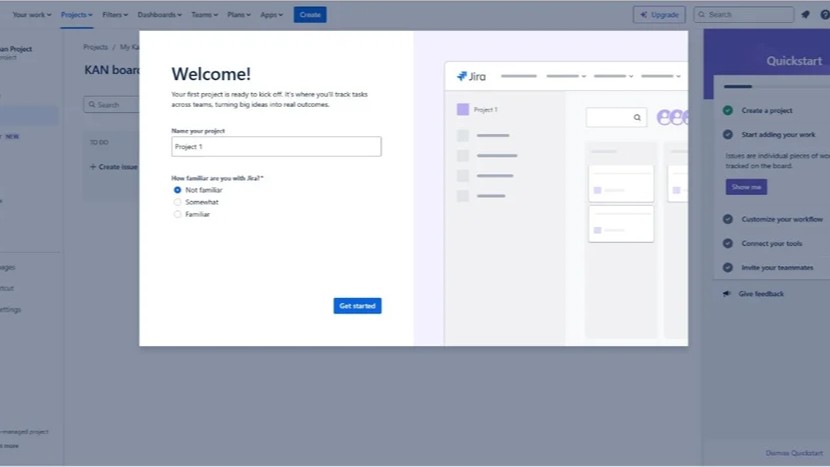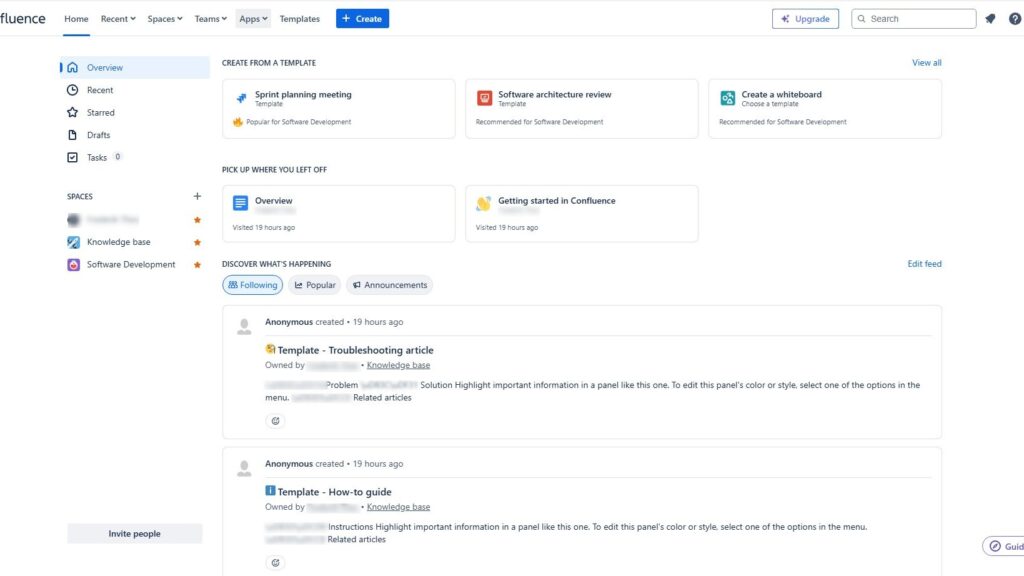When working on software projects, getting the structure right from the beginning is essential for long-term success. One concept I rely on in requirements modeling is UML, the Unified Modeling Language. Within it, UML classes and objects form the foundation of effective system design. They define how elements relate, interact, and behave within a system. By understanding UML classes and objects, we can model real-world scenarios clearly and create software that’s both logical and maintainable.
Defining UML Classes and Objects
Let’s start by defining what we mean by classes and objects in UML. A class is like a blueprint. In essence it defines the common properties and behaviors that a group of objects share. For example, imagine a class named “Person.” Further this class could have properties like name, age, and gender. It could also have behaviors like “speak” or “walk.”
On the other hand, objects are the real-world instances of these classes. In essence think of objects as the actual people you meet every day. For instance, James Mill is an object of the class “Person.” For instance, he has his own tax number, name, age, and gender, making him unique.
Visualizing Classes and Objects
To make these concepts clearer, let’s look at a simple example. For this reason imagine you have a class called “MobilePhone.” This class might include properties like brand, model, and operating system. When you create objects from this class, you could have specific instances like an iPhone 14 or a Samsung Galaxy S23.
To differentiate between these objects, each one needs a unique identifier. Just as every person has a unique name or ID number, each mobile phone should have something unique about it, such as a serial number.

James owns the iPhone 14, and Sandra owns the Samsung Galaxy S23. These objects, James and the iPhone 14, are instances of their respective classes. They have their own unique identifiers — James’s Tax number and the iPhone’s serial number.
The Importance of Unique Identifiers
Unique identifiers are crucial because they help distinguish one object from another. For example, if James owns two mobile phones, both instances of the “mobile phone” class, we need a way to differentiate them. Maybe one mobile phone has a serial number 985789, and the other has 109448. These identifiers prevent confusion and make it easier to track and manage objects within the system.
Conclusion
In summary, understanding UML classes and objects is vital for effective software design. Classes act as templates, while objects are the real-world instances of these templates. By using unique identifiers, we can manage and differentiate these objects efficiently. Don’t forget to illustrate these concepts with UML diagrams to make them easier to grasp.
What’s Next?!
Now that you understand the importance of UML classes and objects in structuring software systems, it’s time to take the next step. In my upcoming article, “Discover the Power of Object-Oriented Thinking,” I’ll show how this mindset transforms complex challenges into manageable, elegant solutions. Join me to explore how thinking in terms of objects, relationships, and behaviors can completely change the way you design and understand systems.
This article covers concepts that are also included in the CPRE certification syllabus.




